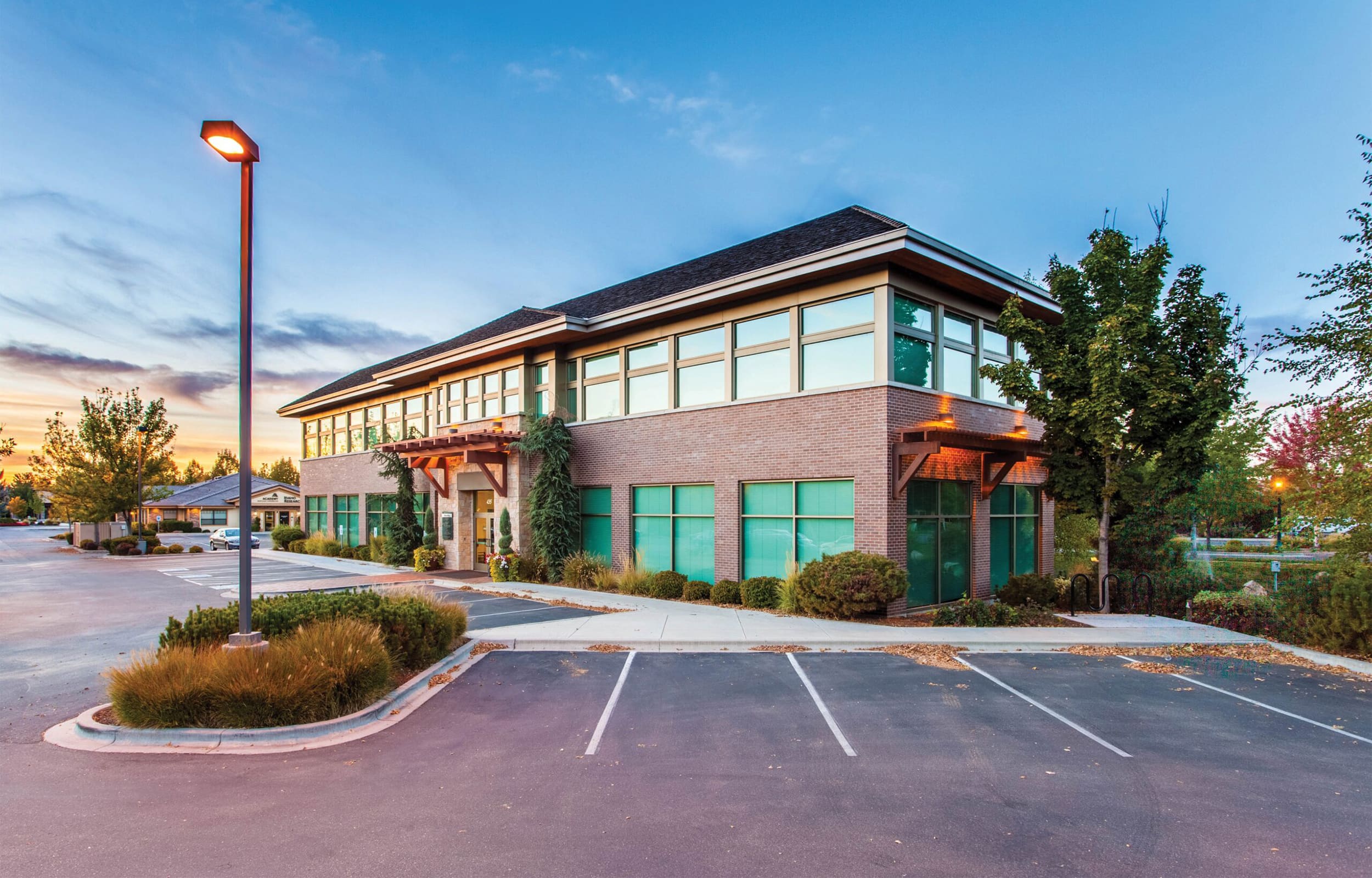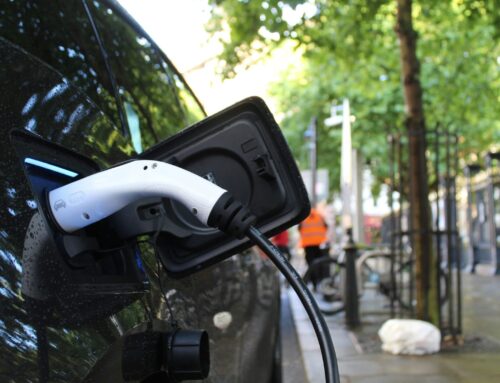The pursuit of a sustainable future has led the construction industry toward a transformative path—building decarbonization. As concerns about climate change intensify, the urgency to reduce carbon emissions from buildings has become more pronounced. The future of building decarbonization promises an array of concepts and innovative solutions that pave the way for greener, more efficient structures.
Trends Shaping Building Decarbonization
- Net-Zero and Beyond: One prevailing trend is the aspiration for net-zero buildings. These structures generate as much renewable energy as they consume, aiming for a balance between energy usage and production. Moreover, an emerging concept known as ‘beyond net-zero’ pushes the envelope further by generating surplus clean energy for external use, contributing positively to the grid.
- Energy-Efficient Designs: Architects and builders are increasingly prioritizing energy-efficient designs. This includes improved insulation, smart ventilation systems, and the integration of high-performance windows to reduce energy loss, thus lessening the dependence on artificial heating or cooling.
- Electrification and Renewable Integration: Transitioning to all-electric buildings powered by renewable energy sources is gaining momentum. This shift involves phasing out fossil fuel-based systems like gas furnaces and embracing electric heating, appliances, and electric vehicle charging infrastructure.
Innovations Revolutionizing Decarbonization
- Advanced Building Materials: The emergence of innovative, sustainable building materials is transforming the industry. Materials like cross-laminated timber, engineered bamboo, and recycled steel not only reduce carbon footprint during production but also offer high durability and improved energy efficiency when used in construction.
- Smart Technologies and IoT (Internet of Things) Integration: Smart technologies are revolutionizing building management systems. IoT-enabled sensors and devices optimize energy usage by monitoring and adjusting lighting, temperature, and other building functionalities in real time, ensuring maximum efficiency and minimal waste. IoT is “the collective network of connected devices and the technology that facilitates communication between devices and the cloud, as well as between the devices themselves,” according to Amazon Web Services.
- Resilient Renewable Energy Systems: Integrating hybrid renewable energy systems within buildings, such as incorporating energy storage solutions like batteries, ensures a more reliable and consistent power supply, even in varying weather conditions.
The future of building decarbonization holds the promise of creating more sustainable, energy-efficient, and environmentally friendly structures. However, these innovations come with their challenges, such as initial investment costs and the need for skilled labor to implement these cutting-edge technologies.
As governments, industries, and consumers increasingly prioritize sustainability, these trends and innovations in building decarbonization are set to become mainstream practices. Embracing these changes will not only mitigate environmental impact but also foster healthier and more comfortable living and working spaces for generations to come. Building a sustainable future starts with transforming the way we construct and inhabit buildings today.
If you’re ready to make the transition to building decarbonization, visit our commercial loan products page to learn more about our financing options and submit a project.








